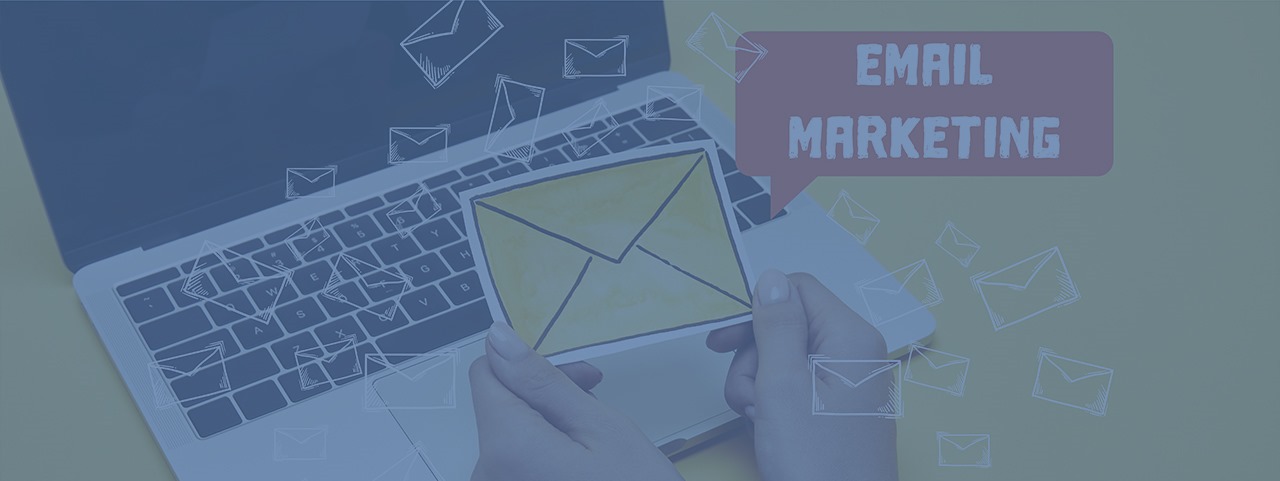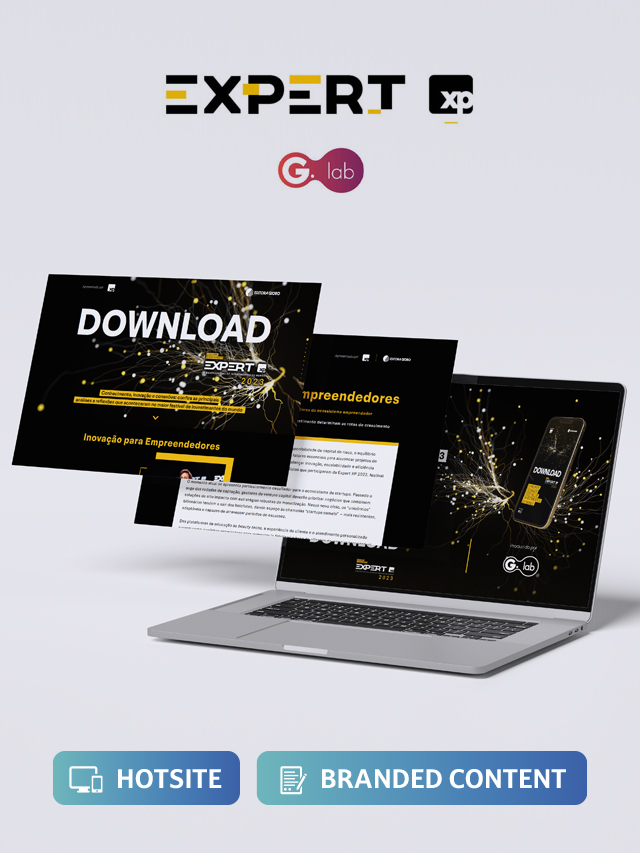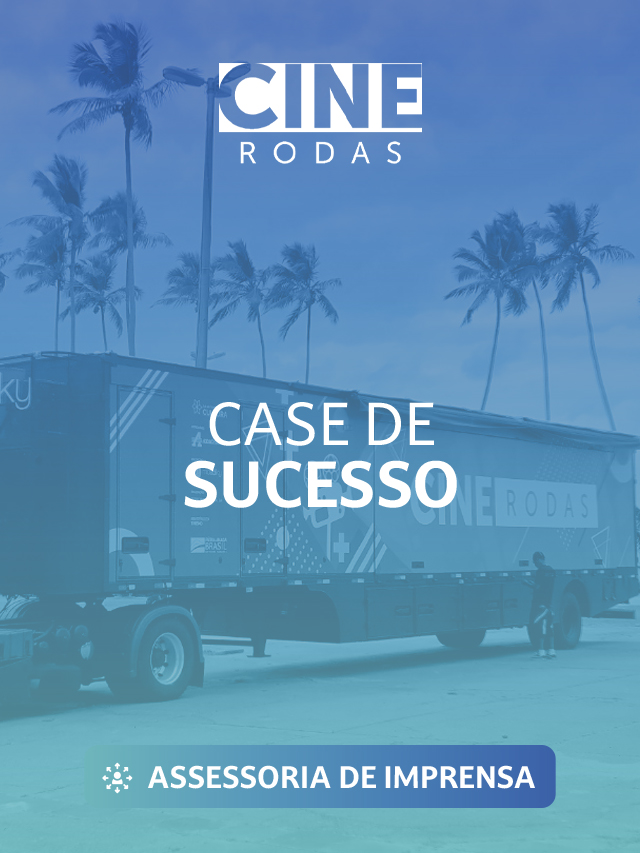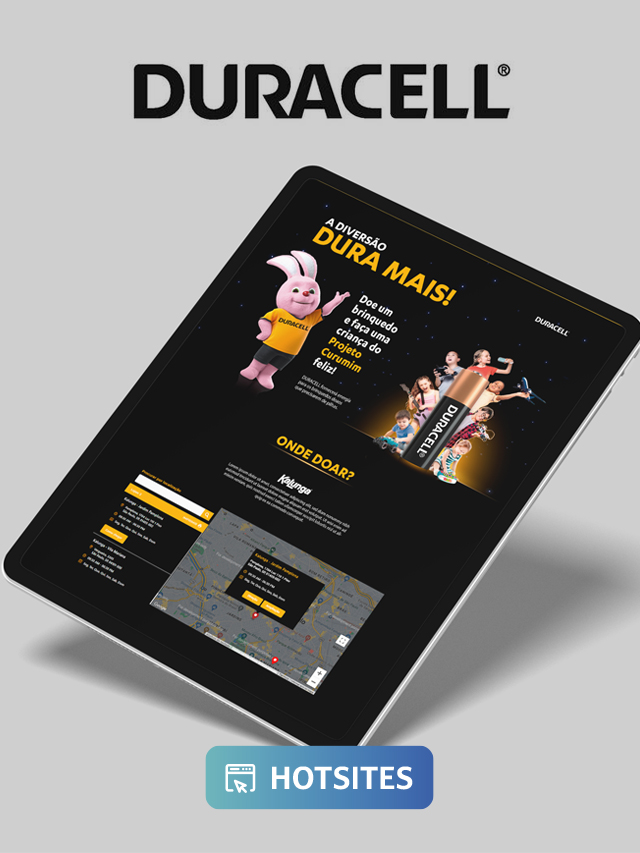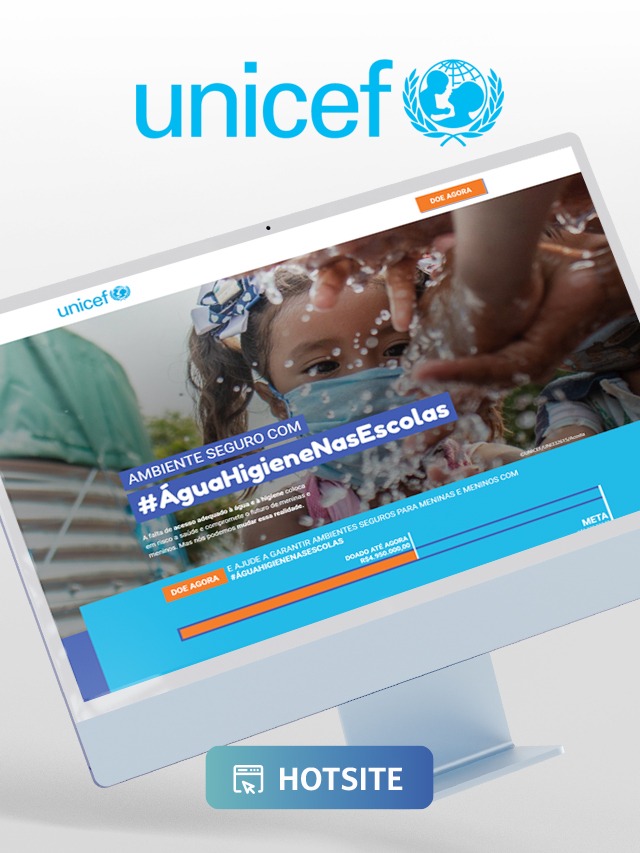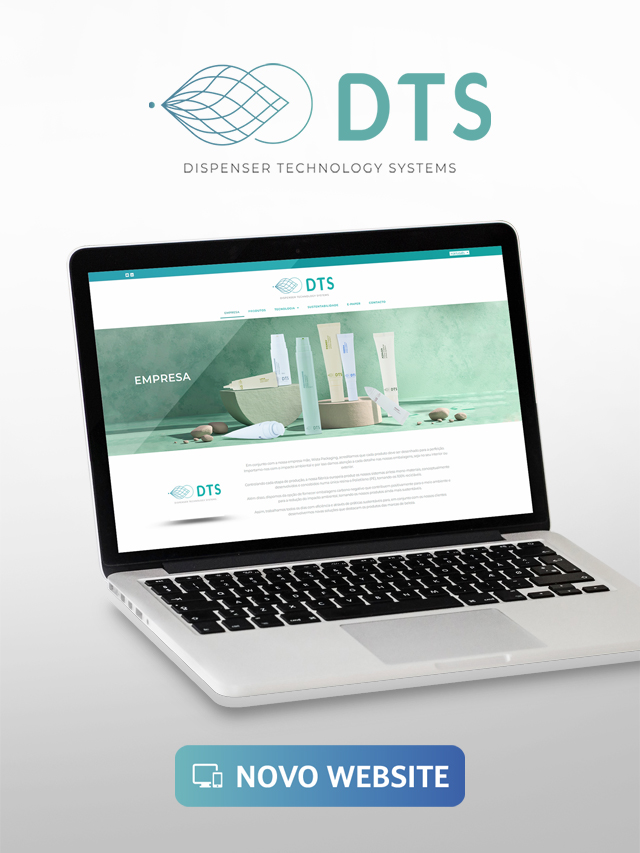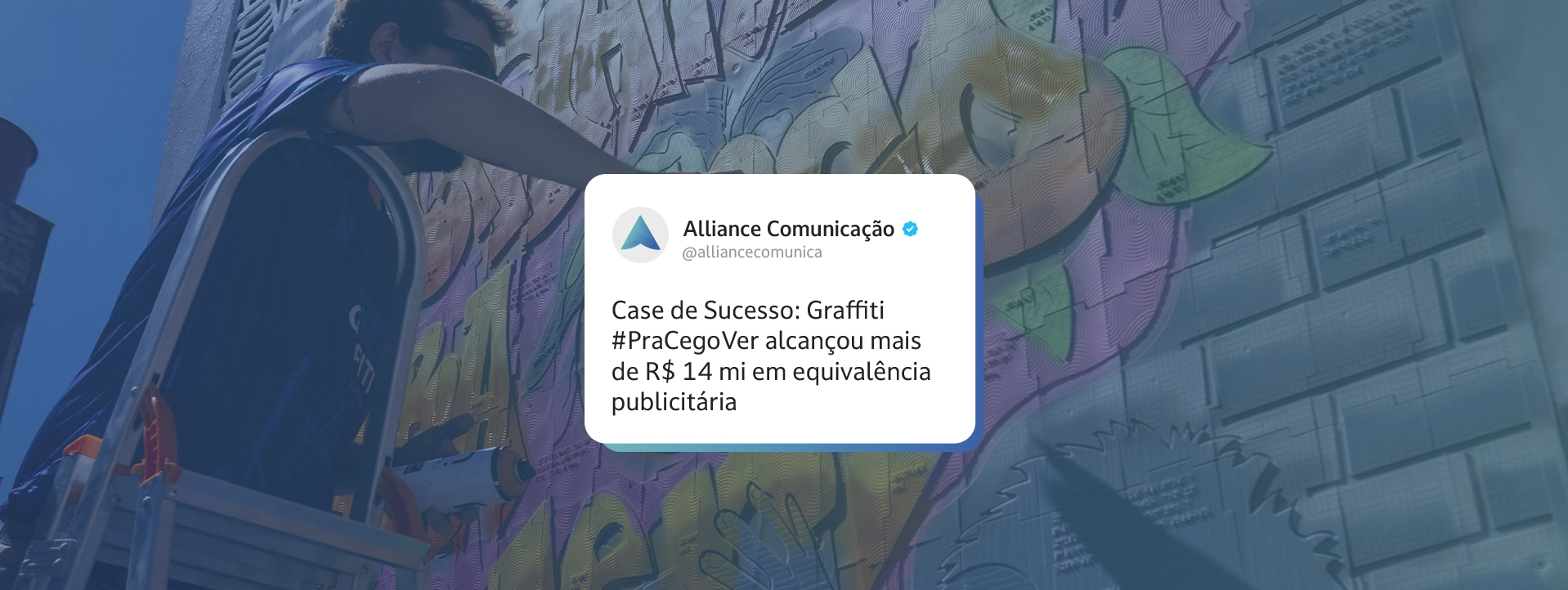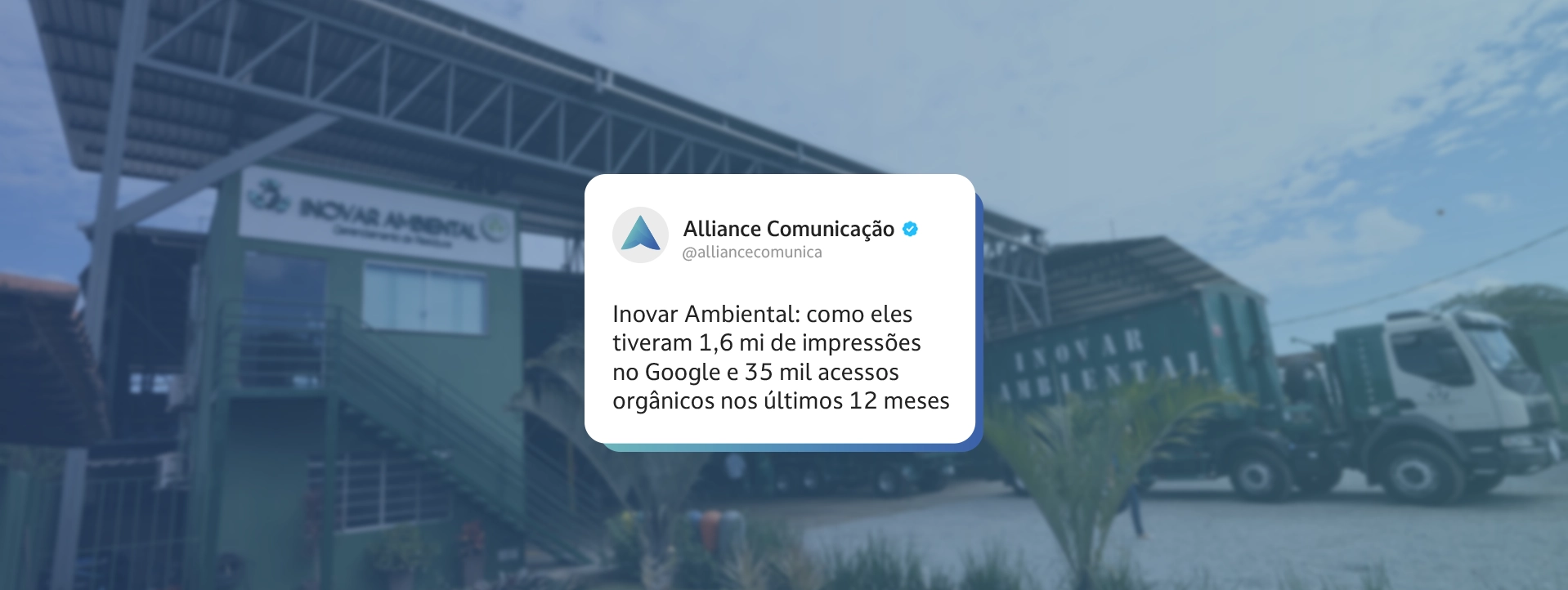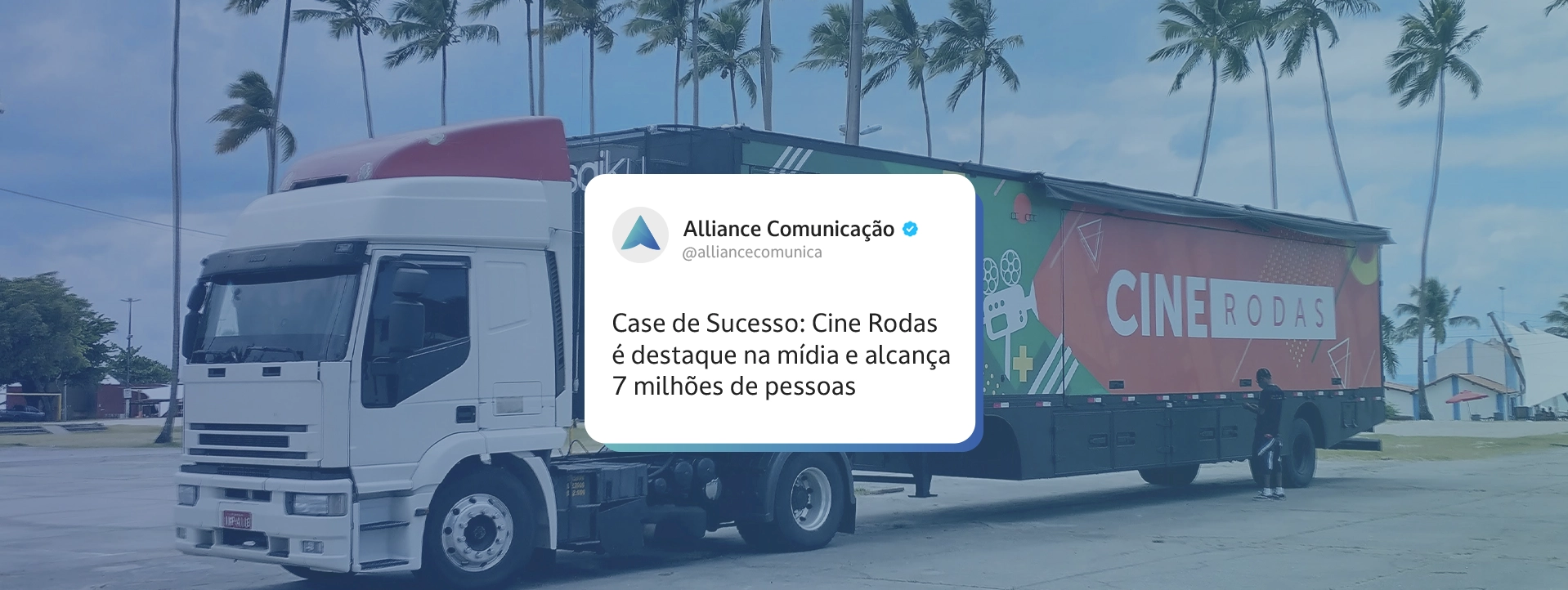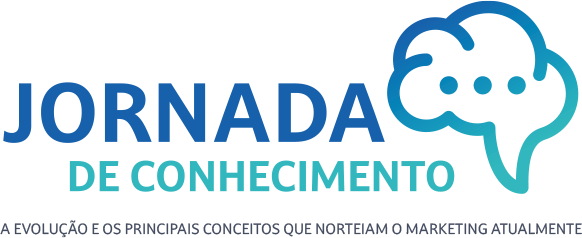Used as a strategic planning tool in project management, to analyze scenarios and support decision making, the SWOT analysis, or SWOT, is widely used by companies that want to implement a project, such as the launch of a new product. This is due to the fact that it provides a complete diagnosis of the situation of the brand and the environments that surround it. But, after all, what is SWOT?
SWOT is an acronym formed by the words Strengths, Weaknesses, Opportunities and Threats which, in Portuguese, takes the abbreviation FOFA (Strengths, Opportunities, Weaknesses and Threats). Since, strengths and weaknesses refer to the internal analysis, with positive and negative points of the company or project in planning. That is, factors that, for the most part, are under the control of the brand and can be modified.
Read too: Learn a little more about the 80/20 rule, also known as the Pareto Principle
On the other hand, the external environment analyzed in opportunities and threats cannot be interfered with. They range from market analysis, competition, suppliers to the political, economic, social and cultural macroenvironment. The result of the analysis of these factors generates a 2×2 matrix, called the SWOT Matrix, which divides the four analysis results into internal/external and positive/negative factors. In this way, a complete overview of the factors that can determine the success of your project is obtained.


What is SWOT: Internal Environment Analysis
In the internal environment, it is possible to have control of everything that involves the project, such as intellectual capacity, technology used, communication and marketing actions, as well as organizational culture, management, among other elements. As previously stated, within the internal environment, strengths and weaknesses must be analyzed. Therefore, you need to evaluate criteria such as:
- Location;
- Time to market;
- Reputation;
- Financial resources;
- Human resources, the specific skills of the team;
- Marketing/Media;
- Management;
- Access to raw material;
- Operating capacity;
- Assets such as real estate, materials and equipment (technology quality);
- Service;
- Production;
- Creation;
- Strategic relationship with large companies;
- Traffic, the portfolio of customers.
Forces
In strengths, you should analyze the advantages and differentials that your business and/or project has in relation to competitors. Also check internally the availability of resources for the maintenance of services or products. All of this will provide you with a solid foundation.
weaknesses
With regard to weaknesses, outline all those aspects that may be bad for the business, such as high transport costs, employees with more expensive hourly rate. It is also very important not to forget to include your weaknesses in relation to the competitor, which may be less activity on social networks, among other factors.
Read too: 9 tips on how to retain your customers
What is SWOT: External Environment Analysis
In this topic are questions related to politics, macroeconomics, environmental disasters, interest rate and competition. With this, it is essential that the company is attentive to everything that involves the market in which it operates. The SWOT analysis related to the external environment, in general, involves:
- Customers (behavior, bargaining power and other things);
- Suppliers (your bargaining power and theirs, for example);
- Competitors (direct and indirect);
- Entry barriers for those just starting out (what are they, how can they get in the way);
- Substitutes (workarounds that exist for your customers and if there are serious threats);
- Intermediaries (which ones exist in the segment, their bargaining power);
- Class entities (how they are organized and whether they have pressure power).
What is SWOT: macroenvironment is another indispensable factor for analysis
The macroenvironment refers to everything that is beyond the company and the segment. Therefore, it is important to analyze what economic indices have to say, social trends and how these aspects influence your brand. Check out some examples:
- Law projects, rulers in power, ideological currents (politics and legislation);
- Inflation, consumption levels and average income of the population (economy);
- Birth rate and average educational level of the population (demography);
- New technologies, operational processes, automation;
- Beliefs, values, customs and consumption habits (society and culture);
- Scarcity of raw materials, catastrophes, increased pollution (environment).
Opportunities
Here you should list everything that, in some way, is positive for the customer, such as economic growth, increased interest in a particular service and/or product, good momentum for the brand, etc.
Read too: Know what Performance Marketing is
Threats
Finally, we have the threats, a scenario in which all the unfavorable factors for the company are concentrated. Here, too, it is important to take stock of the losses at stake. Much damage can be prevented in this quadrant of the matrix.
What are the main advantages of the SWOT matrix?
A solid SWOT analysis is not done in a short time, it can take weeks to gather data and draw an intelligent line of reasoning from them. However, it is worth mentioning that this tool can bring answers not only to projects that will work, but also to avoid the execution of ideas that would be catastrophic for the brand and its reputation. No wonder it is so popular with entrepreneurs.
Brainstorm with your team and turn the 2×2 matrix into a strategy. It will lead to conclusions about the brand's strategic position, potential for improving products and services, insights to solve problems and new services, prioritizing actions, as well as promoting partnerships that until then would not even be considered.
Read too: What is Branding and why does your company need it?





